ETU School
Crossboundaries transformed a small three-story industrial building into the innovative ETU School in Beijing, China.
Firstly, the architects removed the double-loaded office layout and made the necessary structural reinforcements to implement an entirely new spatial pattern. By arranging special rooms like dance studios on the more private side of the building, the classrooms could be placed on the other side with most natural light.
The wide corridors created thereby are where the planners introduced unique spatial interventions at. In each floor’s corridor, Crossboundaries introduced various experimental, multifunctional blocks tailored for the areas outside each classroom, like peninsulas extending from the mainland, integrating spaces for informal learning, social activities and events.
When designing those multifunctional blocks, the architects carefully considered both needs of group and individual. As a result, the blocks can not only be used to organize spontaneous events, but can be combined with other spaces – like the dance studio, where a performance can be viewed from the opposite terraced seating. In addition, there are more hidden, intimate areas for close friends and book nooks for quiet reading and rest.
The activity of the multifunctional blocks permeates into the classrooms, with small windows and special staircases enabling visual connections and interactions between students and teachers before, during and after class. In the meantime, they can add in transparency and connections between spaces and offer a feeling of safety for the teachers and the students.
Crossboundaries’ design does not only follow children’s nature, allowing children to climb up and down, in and out, adding to their conventional physical activities, stimulating curiosity and exploring consciousness, but also caring for their sensitive feelings by offering familiar scales in the variety of spaces provided.
Besides generating interactions between learning and playing, Crossboundaries also had a practical consideration implementing these blocks. Due to the constraints of the existing space, the small building could not accommodate an independent library, a lecture hall or a room for self-study. Instead these functions were skillfully integrated into the “peninsula”, to maximize the spatial efficiency for the school and its program.
Color is an important guide throughout the ETU School – both metaphorically and practically. Crossboundaries introduced bright yellow and blue to highlight the multifunctional blocks; while the school’s symbolic green is used for classrooms.
On the exterior, the ETU green is also applied on the connective tissue of the campus, the entrances and staircases, forming a three-dimensional lap around the school to tie together the ground floor sports fields with the roof terraces of the original building. With a total length of around one kilometer, the running track supports running, climbing, playing, relaxing, gathering for small performances and events and also roof gardening. Meanwhile, with these punctual interventions on the façade and surroundings the campus becomes noticeable to stand out in its chaotic context.
Crossboundaries’ design represents the unique vision of the ETU School – by providing an adventurous space for the individual health and happiness of students and teachers, the direct interaction between them is enhanced.
Design: Crossboundaries
Design Team: Binke Lenhardt, DONG Hao, Cynthia Cui, Ewan Xiao, WANG Xudong
Contractor: Beijing YIHAO architecture and interior construction
Photography: Yang Chaoying, Mini Liu, Hao Hongyi, Xuan Li, Rao Gang

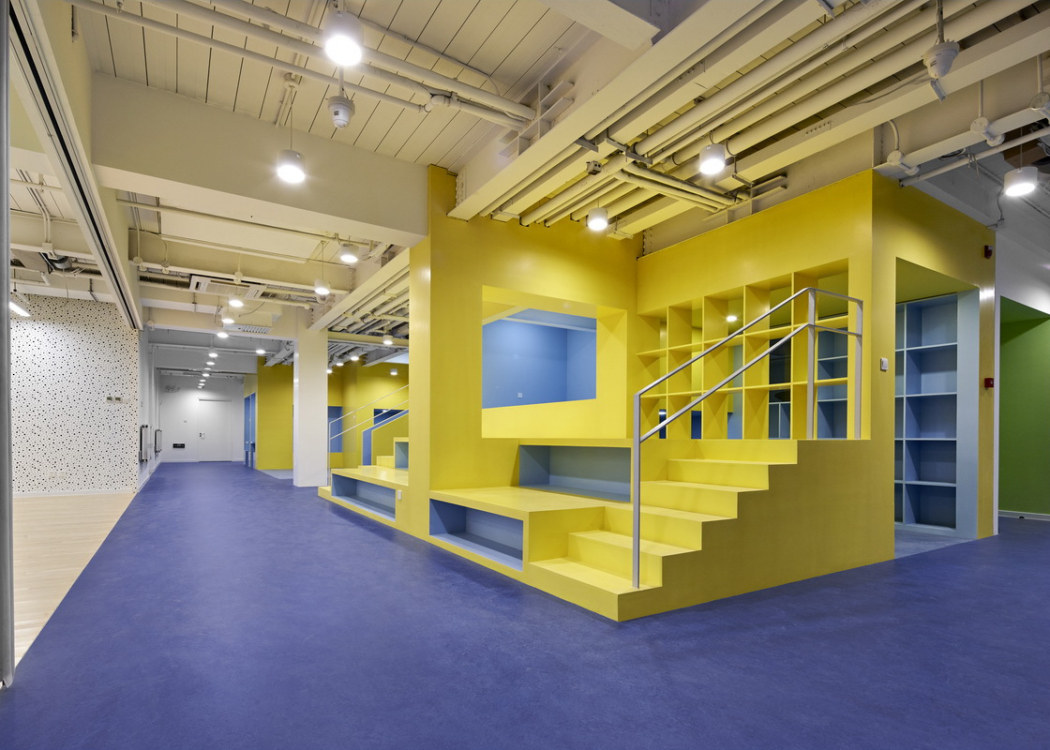
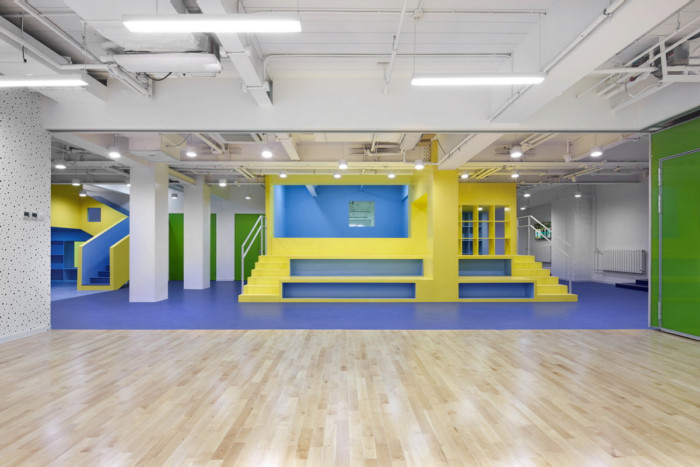
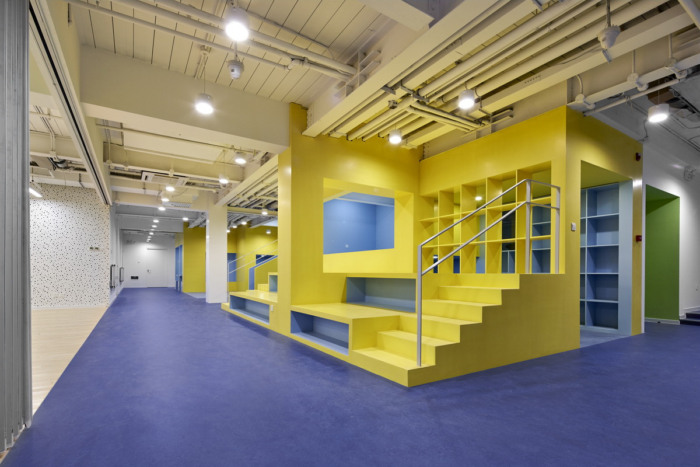
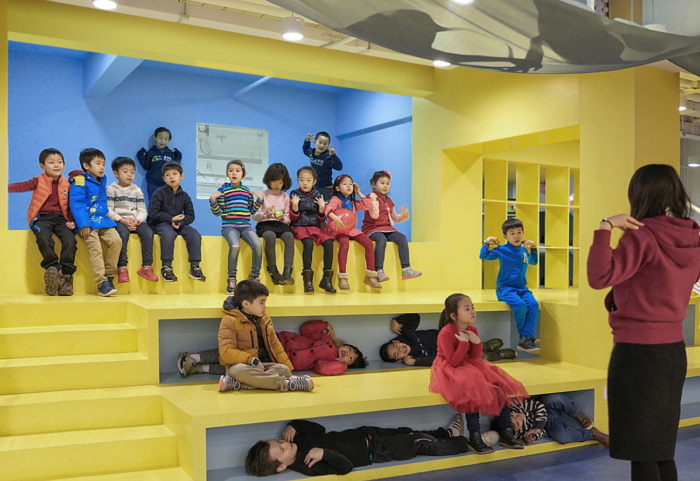
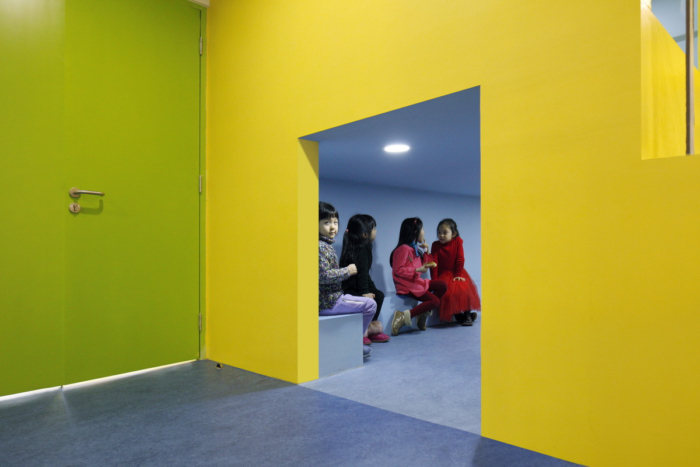
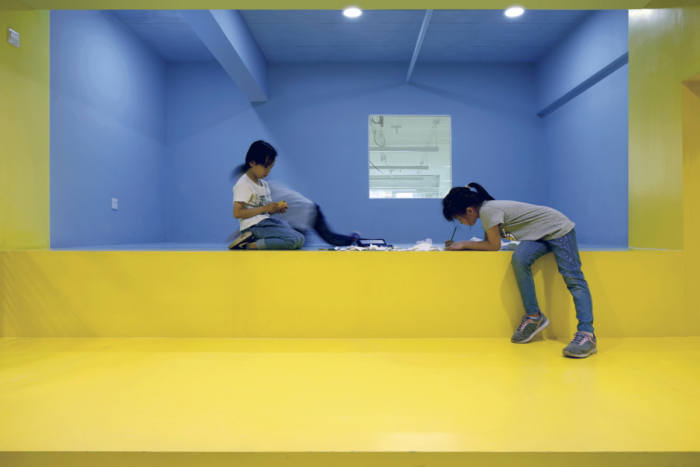
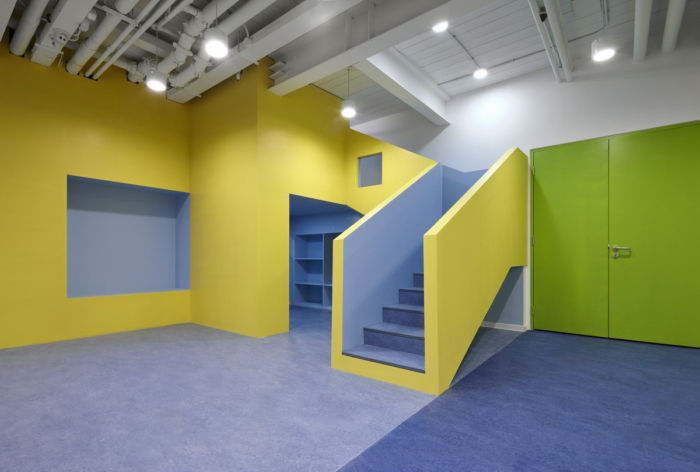
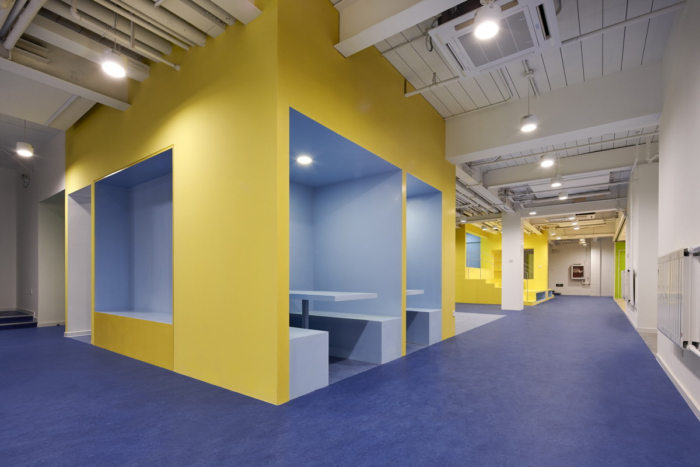
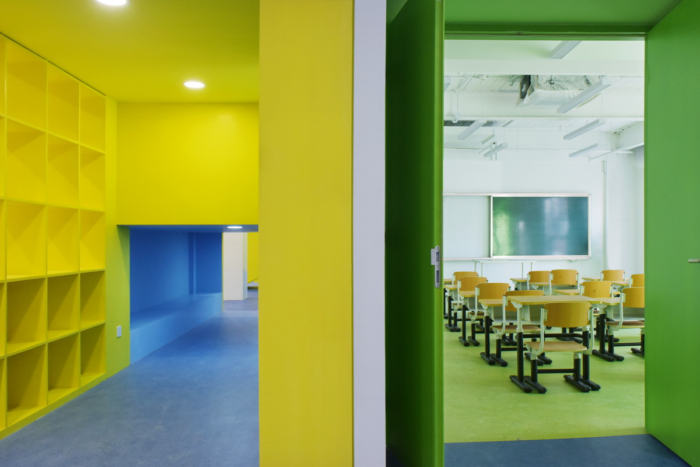
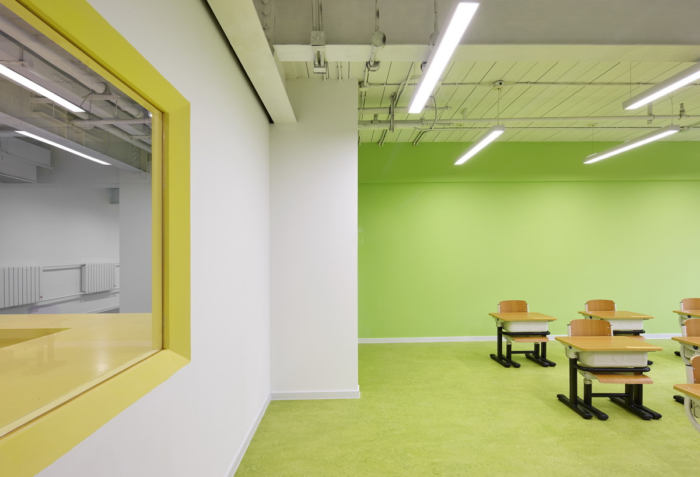
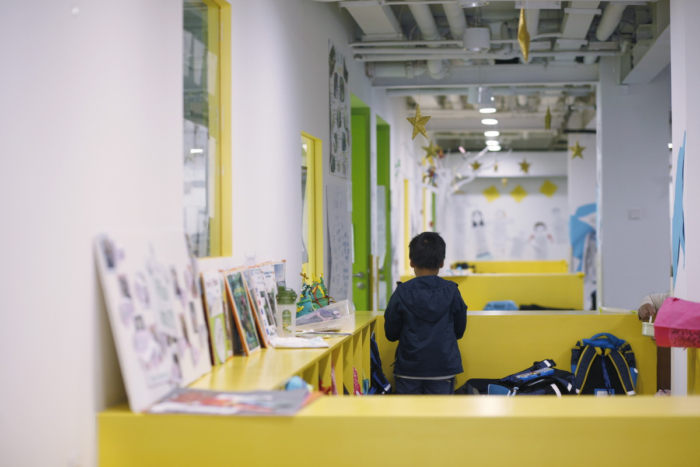
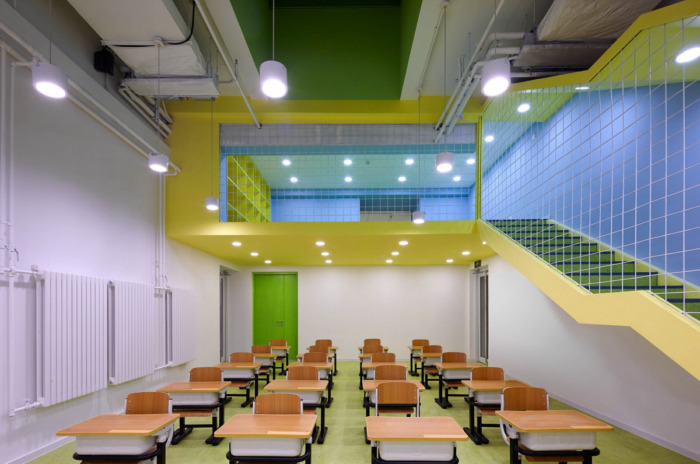
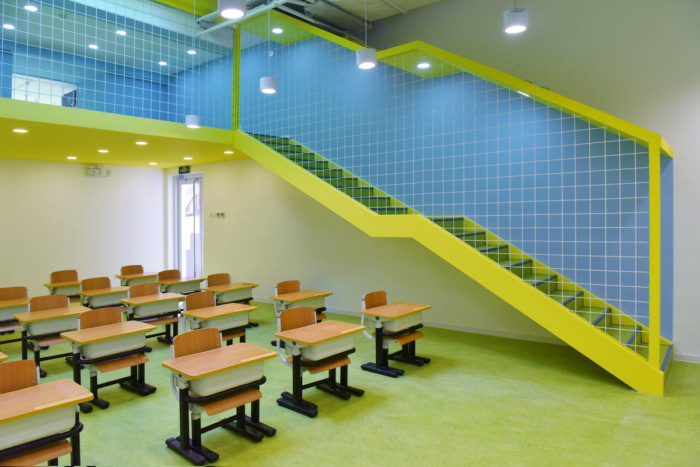
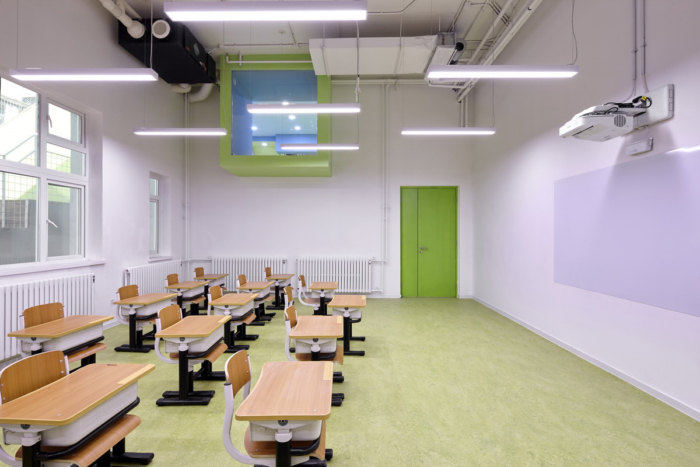
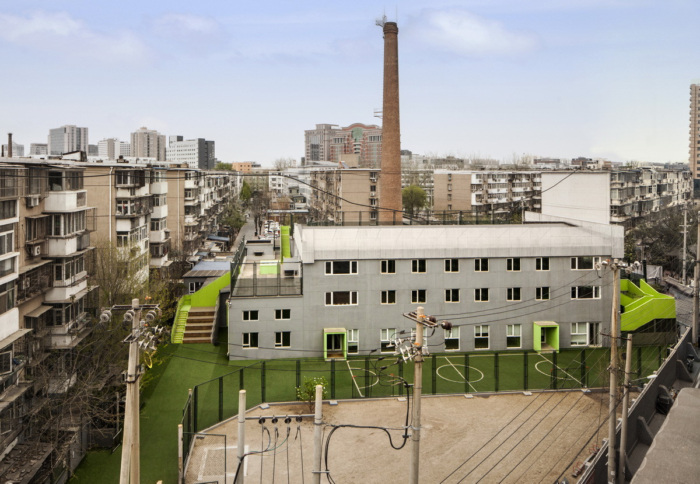
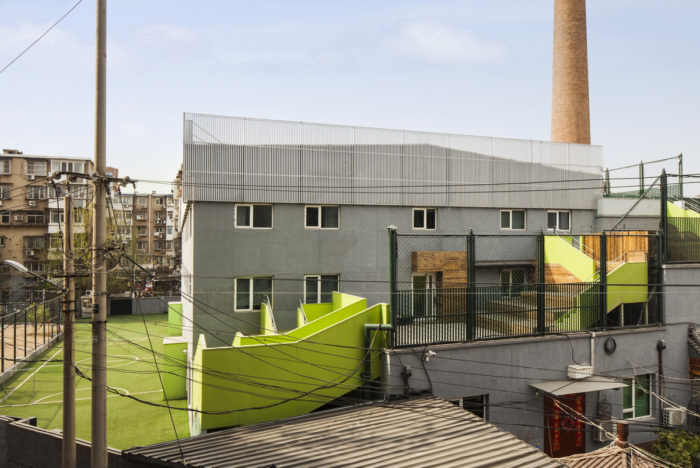
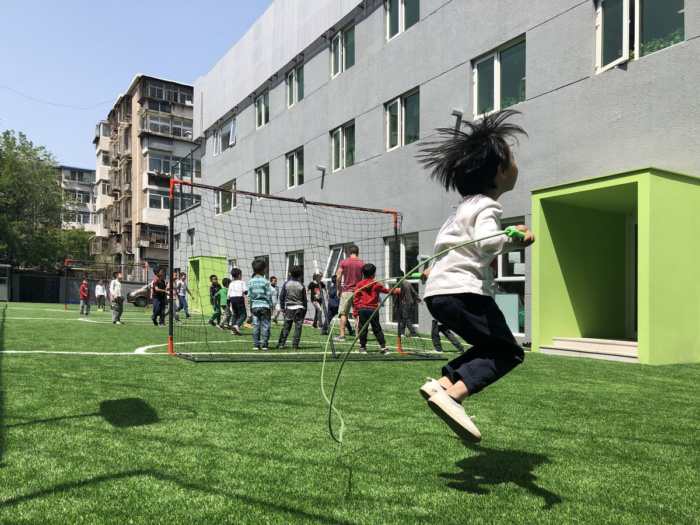


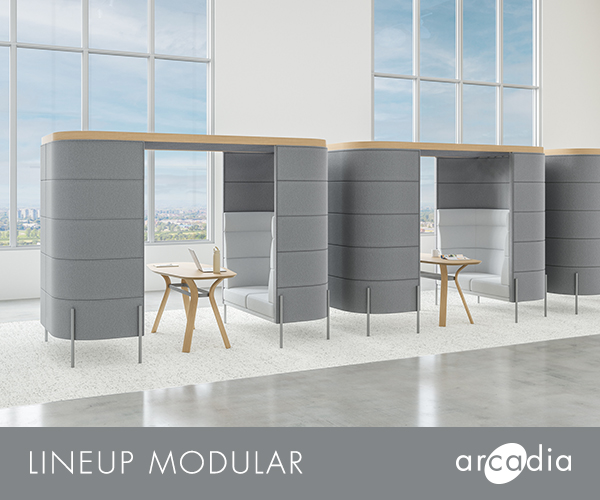

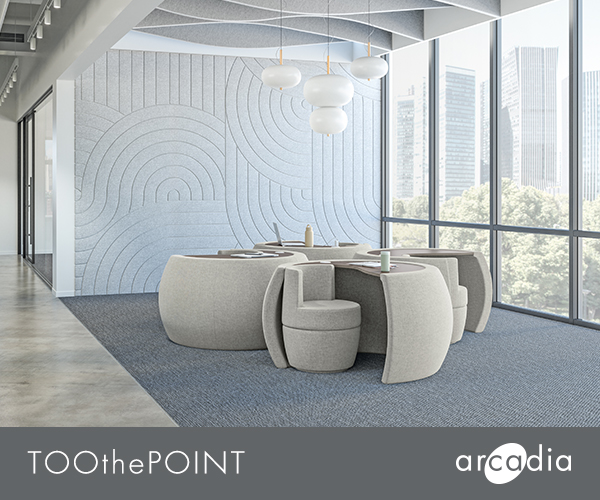



Now editing content for LinkedIn.